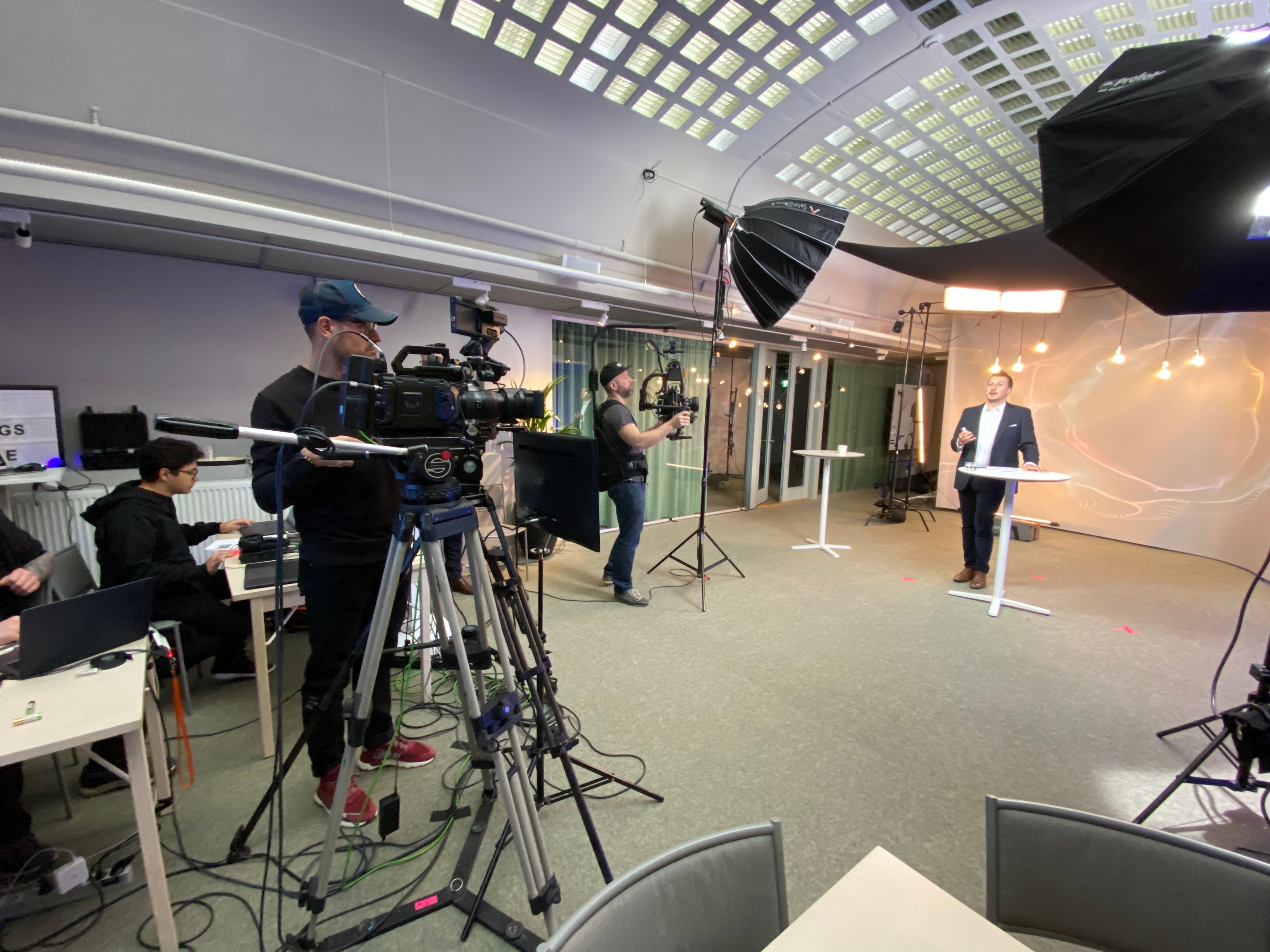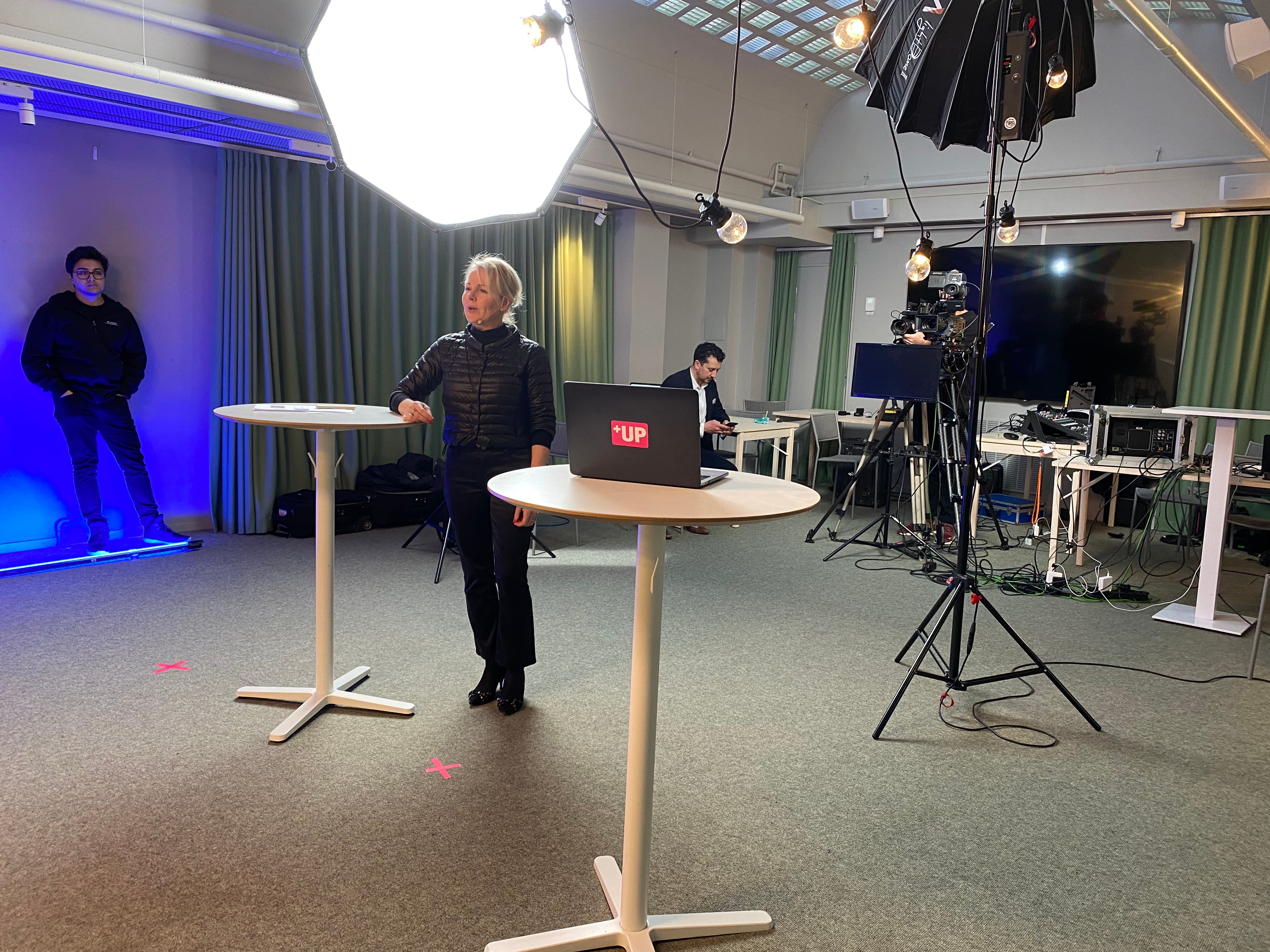In an instant, COVID-19 forced the world to change. Open plan offices, conference floors and lunchrooms were all deserted as businesses scrambled to adapt to the new reality of working in physical isolation.
This new situation severs many important routes for businesses to connect with their customers. As conference calls and virtual meetings take over, it doesn’t take long for webinar fatigue to set in. People start getting tired of sitting in remote meetings and watching boring presentations.
For sales teams around the world trying to expand their reach, the webinar seems like an exciting way to share messaging and ideas with customers and large audiences. They dream of pitching to virtual rooms of thousands of people who will be so captivated by their presentation that they will immediately sign up to demo their new product and use their services. Unfortunately, hosting a good webinar is not as simple as logging into Zoom and sharing your slide deck. In fact, I’m sure we’ve all been in webinars where people have done exactly that and you wanted to leave after 5 minutes and then thought , “Wait, this is a webinar… *clicks leave meeting*”.
Webinar technology is amazing and when done well, the potential is huge, from replacing B2B and in-person meetings to global product launches events. You can easily wow your audience, give them a familiar experience with a premium feel and make the viewing experience effortless and entertaining while delivering value.
Here are our 10 steps to deliver impressive webinars with a global digital outreach:
1. Focus on how to share before you even start production
Preparing an amazing webinar with brilliant guests and a professional host is one thing. Making sure you have an audience is just as important! Create an effective strategy to promote your webinar by identifying where your target audience is. Can you reach your target audience with an email marketing campaign on your owned media? If you work in B2B think about how it can be promoted on social media through your network, making sure that the message is relevant. But also think about your organisation - do you have people who have direct contact with your potential customers and audience? Prepare materials that make it easy for them to share.
2. Prepare the sign-up landing page and email series in advance
Make sure to design a branded sign-up landing page. This will differentiate your webinar landing page from all the other generic webinar sign-ups and create a feeling of professionalism. Along with your webinar landing page, don’t forget to create an email series to confirm the sign-up, remind people that the webinar is coming up and thank your audience afterwards. When producing a series, a good rule of thumb is to send email invites for the first episode two weeks before and email invites for each subsequent episode one week in advance. A day-of reminder is also a good idea.
3. Use a host to bring consistency and recap expert take-aways
Instead of simply having many experts sharing their insights in a row, or a panel discussion, which won't be a discussion while everyone is isolated remotely, bring in an expert host who can narrate the webinar but also introduce each expert speaker and ask them questions. Your host will become the voice of the audience, and can even, with a bit of practice, ask live questions coming in from the audience. In a series where you have multiple episodes with different presenters, having the same host can bring consistency for the audience.

4. Plan and create content that tells an interesting story
Plan the content of your series of webinars so that you can tell a story and refer back to previous episodes. Start with basics and build toward more complex topics or insights in further episodes. Each webinar agenda should also tell a story with a beginning, middle and end. Introduce drama and pace by combining live sessions with pre-recorded videos. The host's job is then to narrate the story and recap the plot line to the audience throughout the webinar.
5. Don't talk explicitly about your business or products
Instead, focus on what will bring your audience value. You may have noticed that there are a lot of webinars on offer, so your audience has a very simple choice to turn off if you are just talking about yourself or selling your products. If you work in B2B and your webinar is targeted at your customers to help their businesses, then focus on ideas for solving problems or trying new approaches. This will enhance your brand perception during these challenging times, which will be remembered afterward.
6. Find a topic and break it down into sections of no more than 10 minutes
For each episode, think about how it could be broken down into bite-size chunks that will be easy to watch. Attention spans on webinars are much shorter than they are during real-life presentations and people get fatigued much faster. Therefore, digestible, bitesize chunks of information will give your audience a quick win in the moment but will also help to maintain a good, brisk pacing for your webinars.
7. Use internal and external experts to create a greater experience
Focus on the people that can tell a great story together. It’s not about the individual musicians, it’s about the band. That is to say it doesn’t matter if you invite the biggest name in your field to speak, if they can’t play well with the others, you will create a terrible experience for your audience. Your job as the host is to find people who will work well together and then mould and guide their discussions to help bring out the best in everyone there. Mixing experts is a great way to deliver completely new information. After all, big names have probably given the same keynote address hundreds of times. By blending them, you create a completely new experience for your audience helping to associate your brand with domain authority and innovation.

8. Include Q&As at the end of each episode
Saving Q&A until the end is a tactic that will help you structure your webinar as well as manage the time. As the Q&A is a flexible block in your webinars, it can be extended or cut short to make sure that you finish on time. This might not seem like such a big deal but with webinars, it’s huge. If you’re giving a presentation to a room full of people, you save your take-home message to the end. If you run a few minutes over, that’s ok, nobody will leave. In the digital world, people can leave in a few seconds and if you go over time, expect your audience to drop away.
9. Give people a reason to come back
Answer questions from previous episode in the following episode. Remind the audience of the series plan at the beginning of each episode and always describe the next episode in detail at the end of each session.
10. Repackage and share content very quickly afterward
Try to plan your editing workflow so that the recording from the webinar can be shared as soon as possible. This allows you to reconnect with your audience while you are still very present in their mind. It also gives your audience more of a chance to share your webinar recording with others and get excited about the next event.
Follow all these steps and you will have a webinar series that will stand out from the rest.
Want to see how we created and ran a webinar series reaching more than 22,000 customers in 3 different time zones? Read this case study.
